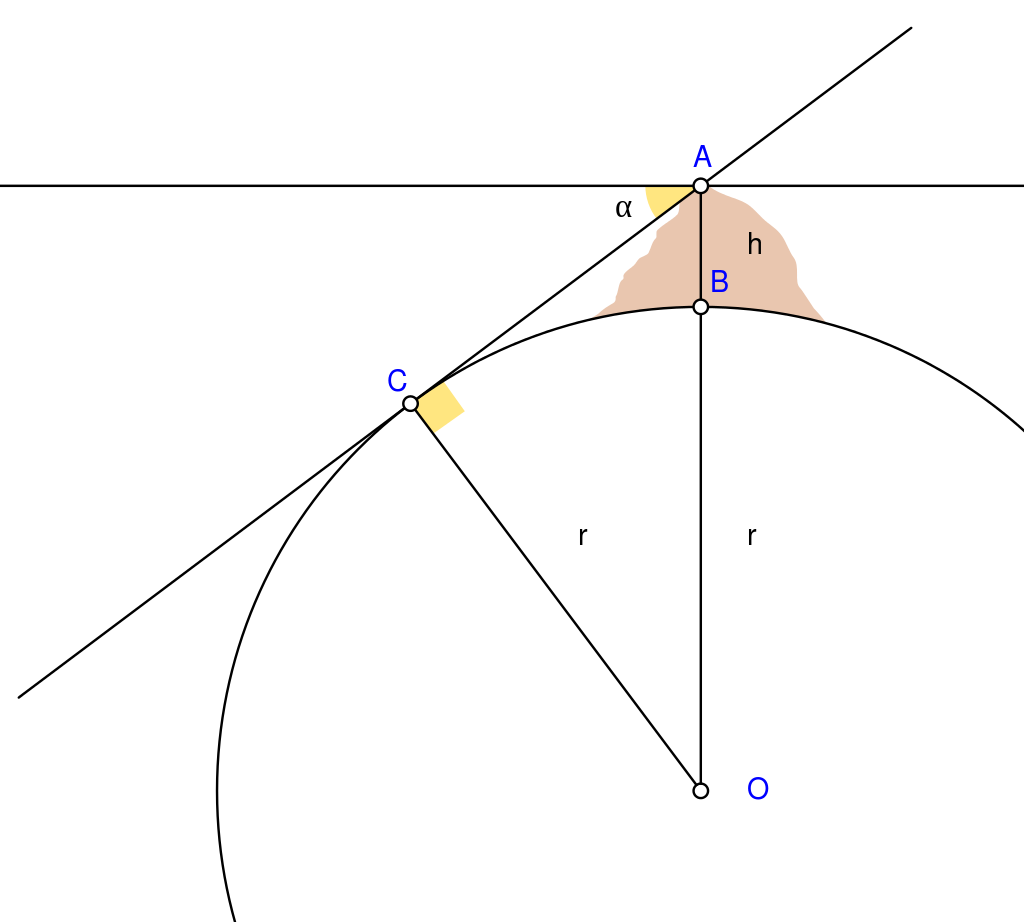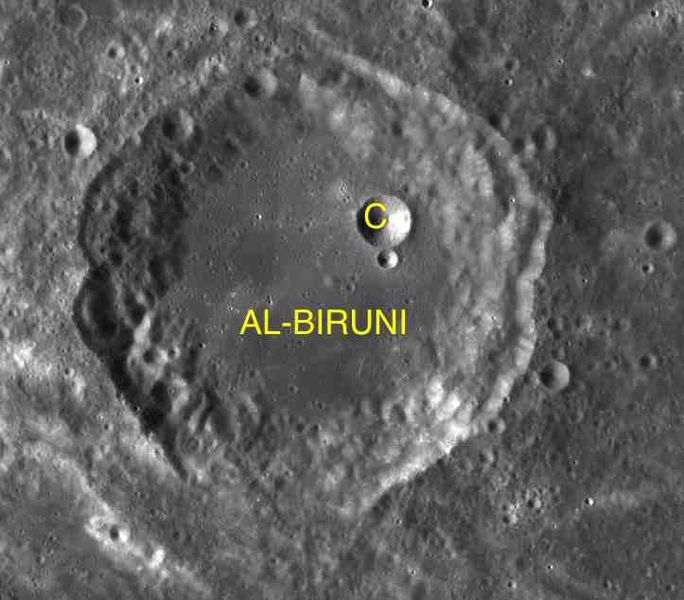At the turn of the first millennium, in the 10th and 11th centuries, a gifted scholar by the name of Abu Rayhan al-Biruni sent ripples through the Arab world. It was the Islamic Golden Age, and al-Biruni was a first-class scientist — a polymath. A historian, astronomer, botanist, pharmacologist, geologist, poet, philosopher, mathematician, geographer, and humanist, he revolutionized several fields and made important contributions, writing 146 books.
Let’s take a small journey into his world.

The making of a genius
At the turn of the first millennium, the eyes of the educated world were focused on Muslim lands. Muslim scholars defined the intellectual world at the time, and according to George Sarton, the founder of the History of Science discipline, al-Biruni was a scholar up there with the best of them — “one of the very greatest scientists of Islam, and, all considered, one of the greatest of all times,” Sarton noted.
Al-Biruni was born in central Asia, in the city of Kath, in today’s Uzbekistan, in 973, in a large oasis region bordered by the Aral Sea on one side, and deserts on the other. He was fortunate enough to receive a good education, including from the eminent Abu Nasr Mansur, a member of the family then ruling at Kath, and a famous teacher in astronomy and mathematics.
At the time, the local caliphs promoted the research of mathematics and astronomy, alongside medicine and theology. Al-Biruni studied all these and more. He made a name for himself by Islamic jurisprudence and made several valuable astronomic observations.
From early on, his work was acknowledged by both fellow scholars and the monarchs of the time. Interestingly though, despite studying theology, it seems that he wasn’t a practicing Muslim (and was potentially agnostic). Still, his texts do sometimes make references to the divine, which more or less came with the territory of being a scholar in a religious medieval society.
Many Muslim scholars were actually inspired by their faith. They believed that if they understand more and more about the surrounding world (the creation), they can get closer to the Creator. They built opulent libraries, dedicated decades to deepening their studies, and were widely appreciated by local leaders, who kept them around the royal court as scholars and sometimes advisers. It was a period of intellectual enlightenment in the Muslim world, from Spain to India.
Al-Biruni’s life was not without agitation. He supported a dynasty which was overthrown, but managed to make peace with the victors and was taken in at the local court. As other conquerors took turns to conquer the lands, al-Biruni was always cherished and supported at the royal court. He even accompanied one ruler, Mahmud of Ghazni, through his conquests in India, making much scientific progress as he travelled. By all accounts, al-Biruni didn’t seem like the type of scholar who wanted to stay in an ivory tower — he enjoyed going out and getting his hands dirty, sometimes even literally, when he built tools from scratch.

Al-Biruni himself was an outstanding and adaptable scholar. He spoke Turkish, Sanskrit, Persian, Syriac, Hebrew, and Arabic. His work spanned over virtually all fields of science, from astronomy and mathematics to geology and history, and was possibly the most educated man in the Middle Ages, a true universal man. He explained natural springs through the principle of communicating vessels and weighed precious stones and metals, establishing their specific weight.
But perhaps his most striking contributions came from his physical observations.
The Earth and the Heavens — astronomy and geoscience
Al-Biruni calculated the radius of the Earth using trigonometric calculations, and his calculations were within 2% of the real figure. He did this by first measuring the height of a hill and then climbing the hill and measuring the dip of the horizon. He also calculated the longitudinal difference between Kath and Baghdad, by observing a lunar eclipse and noting the difference of time between the eclipse occurrence in the two cities — one of the very few times this method has been applied in history. What’s interesting about his astronomical calculations is that he always seemed to be looking for a practical application, some way in which he could use the newly-acquired information. He also produced a complextheory based for calculating the qibla, or the directions of Mecca from any place.

Since astronomy was essentially comprised of observations and mathematical calculations, it’s clear that Al-Biruni was well-versed in mathematics — he was likely one of the leading mathematicians of the time. What’s interesting is that he was also the first to clearly mark the difference between astronomy and astrology.
We take this for granted now but at the time, but disentangling the two was groundbreaking at the time. In his later life, he even wrote a refutation of astrology, which uses pseudoscience, in opposition to astronomy, which uses empirical observations and calculations. He wrote:
“I have begun with Geometry and proceeded to Arithmetic and the Science of Numbers, then to the structure of the Universe and finally to Judicial Astrology [sic], for no one who is worthy of the style and title of Astrologer [sic] who is not thoroughly conversant with these for sciences.”
Al-Biruni is also considered the father of modern geodesy, for his many observations on local and planetary geological features. In addition, he also made a very interesting postulation. He theorized the existence of a landmass along the ocean between Asia and Europe — you know, right where the Americas are. Of course, he had no way of knowing that the continents are there, but he suspected that the geological processes that gave rise to Eurasia must have surely given rise to another large landmass. He also claimed that some of this landmass would lie at latitudes that could be inhabited. He was speculating here and maybe got a bit lucky, but this assertion is remarkable nonetheless.
His power of creation was also impressive. He wrote a number of landmark treaties and books, maintained a correspondence with scholars of the time, and produced manuals and instructions in various fields.

History and chronology
Al-Biruni was also the first to divide the hour the same way we do today: into 60 minutes, and each minute into 60 seconds. He seemed to have been fascinated by time. Although much of his work hasn’t been preserved, there are accounts that Al-Biruni went to great lengths to establish an accurate historical chronology and assess the duration of various historical eras.
But al-Biruny truly shines in the study of the history of religions. To this day, his work is considered encyclopedic, which is all the more remarkable since he was one of the very first to dabble in the field of comparative religion.
He looked at different religious practices and beliefs, noting them down and comparing them. In general, he seemed to support the superiority of Islam:
“We have here given an account of these things in order that the reader may learn by the comparative treatment of the subject how much superior the institutions of Islam are, and how more plainly this contrast brings out all customs and usages, differing from those of Islam, in their essential foulness.”
Still, he wasn’t afraid to exhibit admiration for other cultures. He also seemed to harbor an interesting idea that all cultures are somewhat related to each other because they are all human constructs, and therefore, all humans on the globe are similar rather than different.
You might think that’s enough for one man, but we should also mention that al-Biruni is also considered to be the first anthropologist, and in many ways, he laid the foundation for this field of science. His empirical observations of other cultures is strikingly similar to modern practices. He would learn people’s language, study their texts, and observe them with this gained knowledge, noting down observations with objectivity. This is all the more remarkable since he wrote much of this on Indian culture, and India was his people’s enemy, the two often clashing in war. Dr. Edward C. Sachau compares al-Biruni’s writing to “a magic island of quiet, impartial research in the midst of a world of clashing swords, burning towns, and plundered temples.”
Other inventions
Biruni never addressed physics specifically, but his writings often addressed physical processes. For instance, he developed weighing systems to calculate the density of substances, using a novel system of mathematical and mechanical methods. The Encyclopedia of the History of Arabic Science describes his approach thusly:
The classical results of Archimedes in the theory of the centre of gravity were generalized and applied to three-dimensional bodies, the theory of ponderable lever was founded and the ‘science of gravity’ was created and later further developed in medieval Europe. The phenomena of statics were studied by using the dynamic approach so that two trends – statics and dynamics – turned out to be interrelated within a single science, mechanics. … Numerous fine experimental methods were developed for determining the specific weight, which were based, in particular, on the theory of balances and weighing. The classical works of al-Biruni and al-Khazini can by right be considered as the beginning of the application of experimental methods in medieval science”.
In essence, al-Biruni built a hydrostatic balance system, which hints at an advanced understanding of physics.

Book of the Balance of Wisdom” by Al-Khāzini. From Sparavigna (2013).
Al-Biruni also wrote a pharmaceutical encyclopedia called “Kitab al-saydala fi al-tibb” (Book on the Pharmacopoeia of Medicine). It lists a number of pharmaceutical compounds believed to be effective at the time, as well as instructions to find and prepare them.
It’s unclear why, but for centuries, his work was not really discussed or built on. Maybe it was because of political influences, maybe he wasn’t very well liked by other scholars, or maybe something else happened, but it wasn’t until several centuries later that his work was rediscovered by Western scholars and his work was truly appreciated again.
Al-Biruni’s fame and legacy rival that of any scholar in history. He’s truly a Da Vinci of Asia, a polymath whose knowledge, ability, and productivity extends to almost every domain imaginable.


